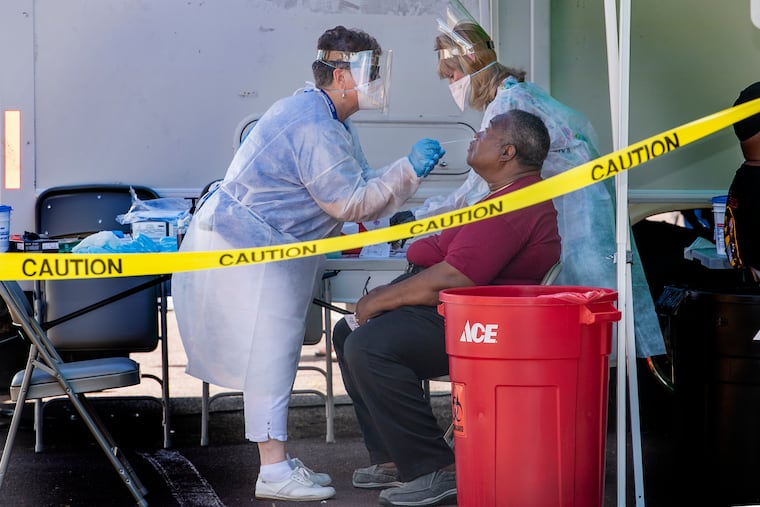People with obesity are at high risk for severe COVID-19. That poses serious medical and social challenges
COVID-19 is generally much worse for seniors than young adults — unless the younger folks are also obese.

COVID-19 is generally much worse for seniors than young adults — unless the younger folks are also obese.
